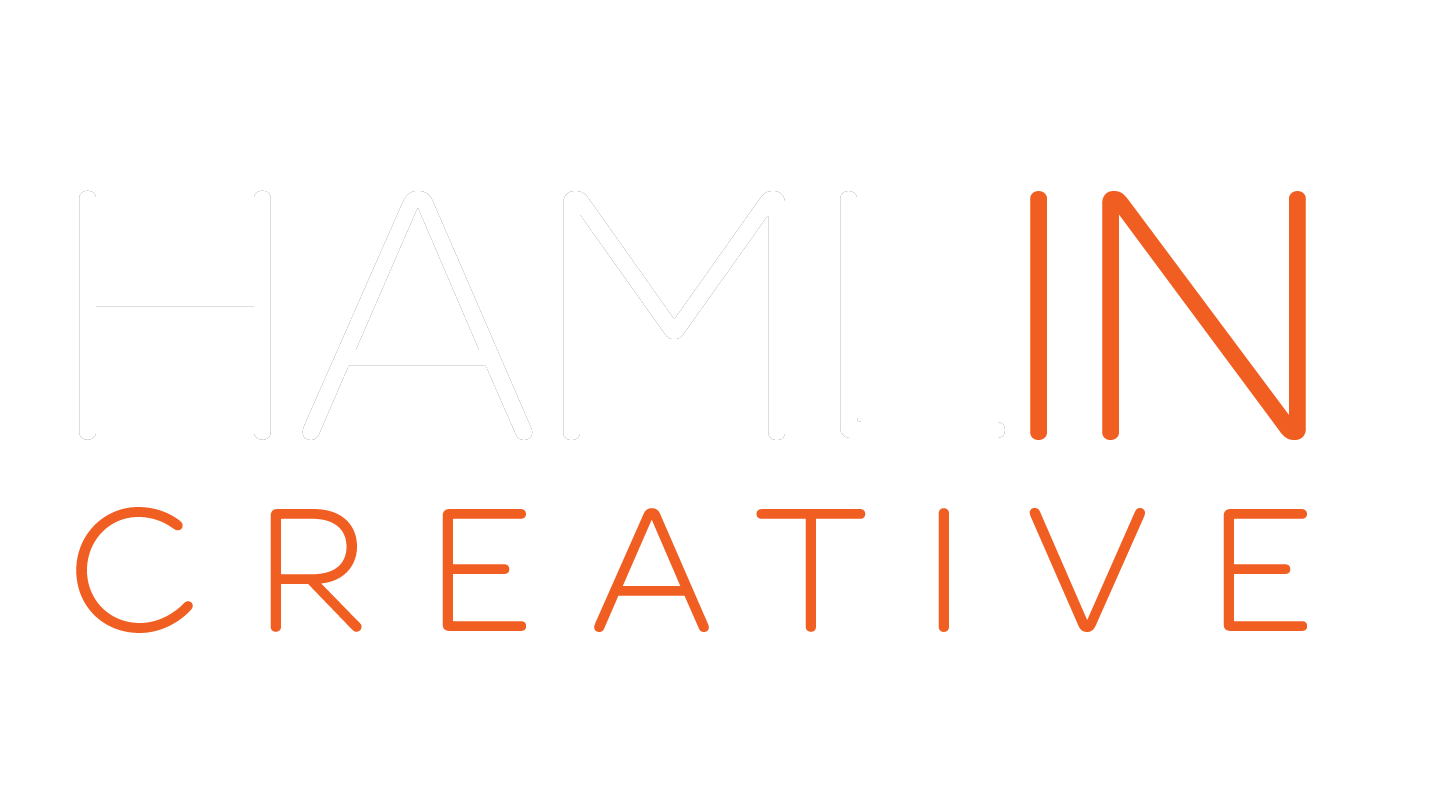Capturing an Experience with Your Phone: The Benefits and Limitations
In today's digital age, our smartphones have become an extension of ourselves, allowing us to capture moments at the touch of a button. These pocket-sized devices have revolutionized how we document experiences, turning every user into a potential photographer or videographer. But when it comes to capturing brand experiences, is the convenience of a smartphone camera enough.
The Rise of Smartphone Videography
Undoubtedly, smartphone cameras have democratized content creation. Their ubiquity and user-friendly nature have led to an explosion in the volume of photos and videos shared daily. For many, they serve as an immediate, always-on tool to capture the world around them.
The Limitations in the Experiential Domain
While these devices are great for personal use or spontaneous moments, they may not always be the best choice for capturing brand experiences. Brands often invest significant resources in curating immersive experiences for their audience. To document such moments solely with a smartphone can feel like a missed opportunity.
Consider the perspective of a brand wanting to share its experience. While smartphones are convenient, they might not effectively capture the event's essence, intensity, or scale. Many a time, marketing teams, in the absence of proper video equipment, resort to their smartphones. While this might provide a quick snapshot, it may not do justice to the event's intricacy or its intended message.
Best Practices for Filming with Your Smartphone
If you find yourself in a situation where using a smartphone is the only option, here are some best practices to ensure better footage:
Stability: Use a tripod or gimbal stabilizer to avoid shaky footage.
Orientation: Always shoot in landscape mode for a wider frame suitable for most platforms.
Focus: Tap on your subject to ensure they are in focus, and use the AE/AF lock feature if available.
Lighting: Natural light is best. Avoid shooting against the light; if indoors, try to utilize well-lit areas.
Audio: Consider using an external microphone for clearer sound, especially in noisy environments.
Plan Ahead: Think about your shots. Instead of continuous long shots, consider breaking your recording into smaller, more manageable clips.
Editing: There are several user-friendly apps available that allow basic editing right from your phone. Trim, add transitions and ensure continuity.
Advantages of Professional Videography
A dedicated video team brings a plethora of tools and expertise. Such teams can produce high-quality content swiftly, sometimes even on the spot or overnight. They can capture diverse angles, ensure optimal lighting, and provide clear audio, which smartphones might struggle with. While smartphones offer quick content sharing, with some foresight, even professionally shot videos can be disseminated rapidly without compromising quality.
While smartphones are incredibly versatile, brands should weigh the pros and cons when deciding how to capture their events. For those pivotal brand experiences, investing in professional videography can make all the difference, ensuring the event is captured in its full glory and effectively communicated to the audience. However, if smartphones are the go-to, following the best practices can elevate the quality of the content captured.
